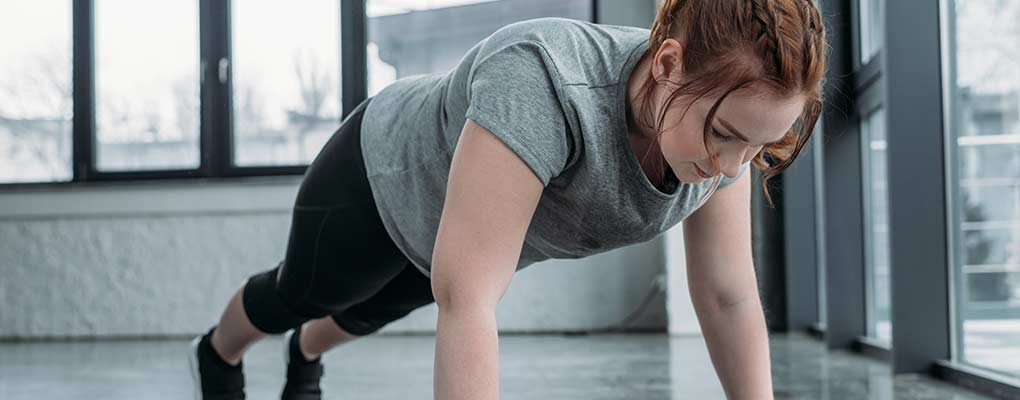
So, you've gone to the gym, worked hard and burned off some calories. Now what? Do you eat those calories back, or do you add them to the “calorie bank” and save them up for a special occasion? Here's what our Dietitians have to say.
Firstly, let's clarify that we are writing this article for someone looking for active weight loss, over someone looking to maintain or gain weight. So, for anyone looking to lose weight, with no other factors at play, we would say “no” - save those bad boys for a wine on Friday night!
At its most basic level, weight is the outcome of the amount of energy we consume minus the amount of energy we use. The deficit (or surplus) at the end of each day / week / year will determine whether we gain weight, lose weight or maintain our weight.
On top of this, we also know that individuals seeking weight loss will lose ~2kg more, on average, when they combine moderate levels of physical activity with a “healthy diet” than those who lose weight through dietary intervention alone.
This is partly because exercise helps to boost satiety hormones (the things that make us feel fuller, for longer) for up to 24 hours, which in turn results in smaller portions and more balanced decisions regarding food. It is also due to the beneficial effect exercise has on preserving lean tissue and bone density, and the resultant increase in our Basal Metabolic Rate (BMR) up to 24 hours post exercise.
Not surprisingly, if we are “burning more energy, for longer” and feel “fuller, for longer” it becomes easier to achieve a larger deficit for weight-loss than those who alter their diet alone.
Now, of course nothing is ever that simple, and this holds true with regard to exercise and nutrition. You see, the answer to that delicious question “should I eat back my exercise calories?” also depends on the amount, and intensity, of said exercise.
Scientific studies have demonstrated that the fuel we burn at different exercise intensities changes. When we are in low-moderate heart rate zones, we primarily rely on fat as our ideal fuel. However, when we increase our heart rate and enter into a high (or cardiovascular) zone, our body will swap to burning carbohydrates. Because of this, the effect this has on our need to “eat back” our calories is largely determined by the duration we are in these different heart rate zones, in addition to our baseline diet.
Let us consider the following scenarios:
We know from the literature that consuming 1.2-2g of protein per kg of body weight is adequate to achieve gains in lean tissue in individuals partaking in moderate intensity resistance training three to four times a week. So, if we are seeking weight-loss and exercising moderately, 0.8-1.0g of protein per kg or body weight (the recommended XYZ for adults aged 18-69) is more than appropriate. It is also recommended to consume ~20g protein in combination with a complex carbohydrate 60-90 minutes before or after exercising, and to spread the remainder of your protein intake evenly across the day, every 3-4 hours, with no additional energy required to achieve sustainable weight-loss.
So where does this leave Suzie, Steve and Sophie?
If you need a little extra help finding a healthy balance for you, consider seeking the help of an Accredited Practising Dietitian for tailored advice. A healthier, happier you starts with just one phone call to 1800 567 348. Alternatively you can register your interest online.
Tap to call us at 1800 567 348
Fill in your details below and our team will be in contact shortly to answer your questions and get you started.
"*" indicates required fields